Search results (262)
Skip results of view Data stories

- Data Story
Three leading institutions are involved in EU decision-making. The European Parliament represents EU citizens, the Council of the European Union represents EU governments, and the European Commission represents the EU’s overall interests. The Council of the European Union comprises government ministers from each EU Member State, who make decisions on EU laws jointly with the European Parliament...
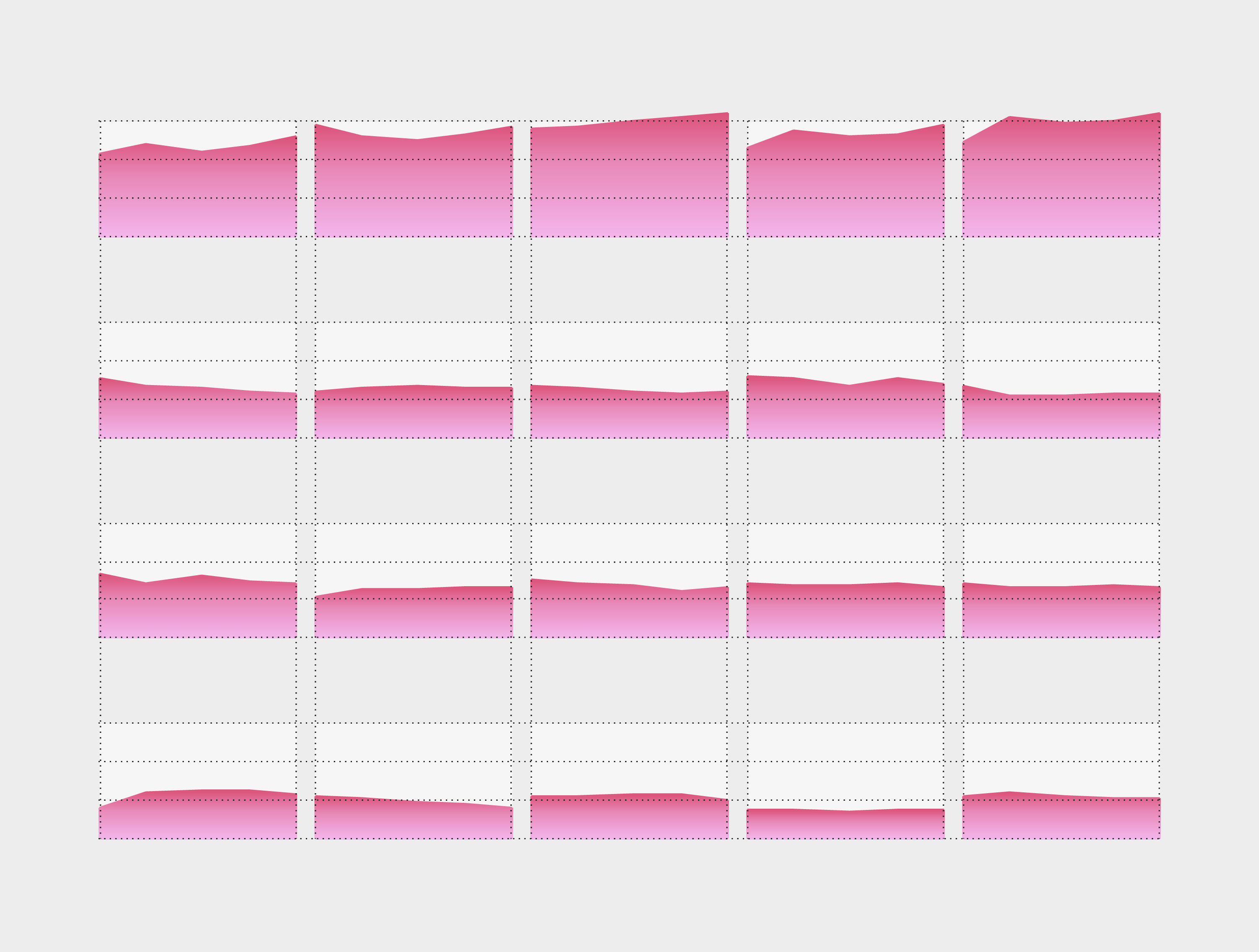
- Data Story
This data story explores family spending by using official EU bodies’ data. The analysis of family budgets reveals the complexities involved in household financial decision-making and identifies key trends in family spending. Each expenditure, whether on necessities or discretionary items, contributes to understanding a broader economic landscape by showing disparities across different...

- Data Story
The European Drug Report is an annual report on the drug situation in Europe published by the European Monitoring Centre for Drugs and Drug Addiction (EMCDDA) , an agency of the European Union. It provides an overview of the current drug landscape in Europe, focusing on aspects such as illicit drug consumption, associated risks and drug distribution. For the first time, this year’s report was...
Theme:
Communication
Target audience:
Data providers
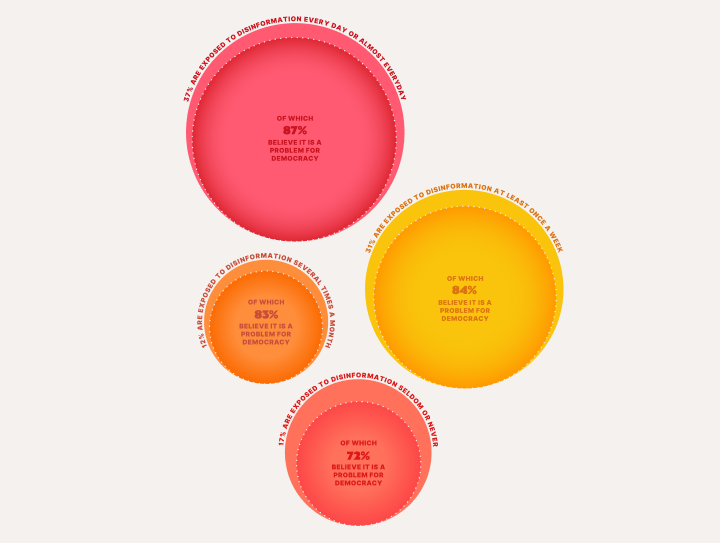
- Data Story
In today’s increasingly digital world, protecting the EU’s cyber realm is becoming more and more important to safeguard digital innovation from threats and vulnerabilities. One of the contemporary challenges identified by ENISA in its annual Threat Landscape report (2022) on the state of cybersecurity is the spread of disinformation. The report gives examples on how disinformation online (also...
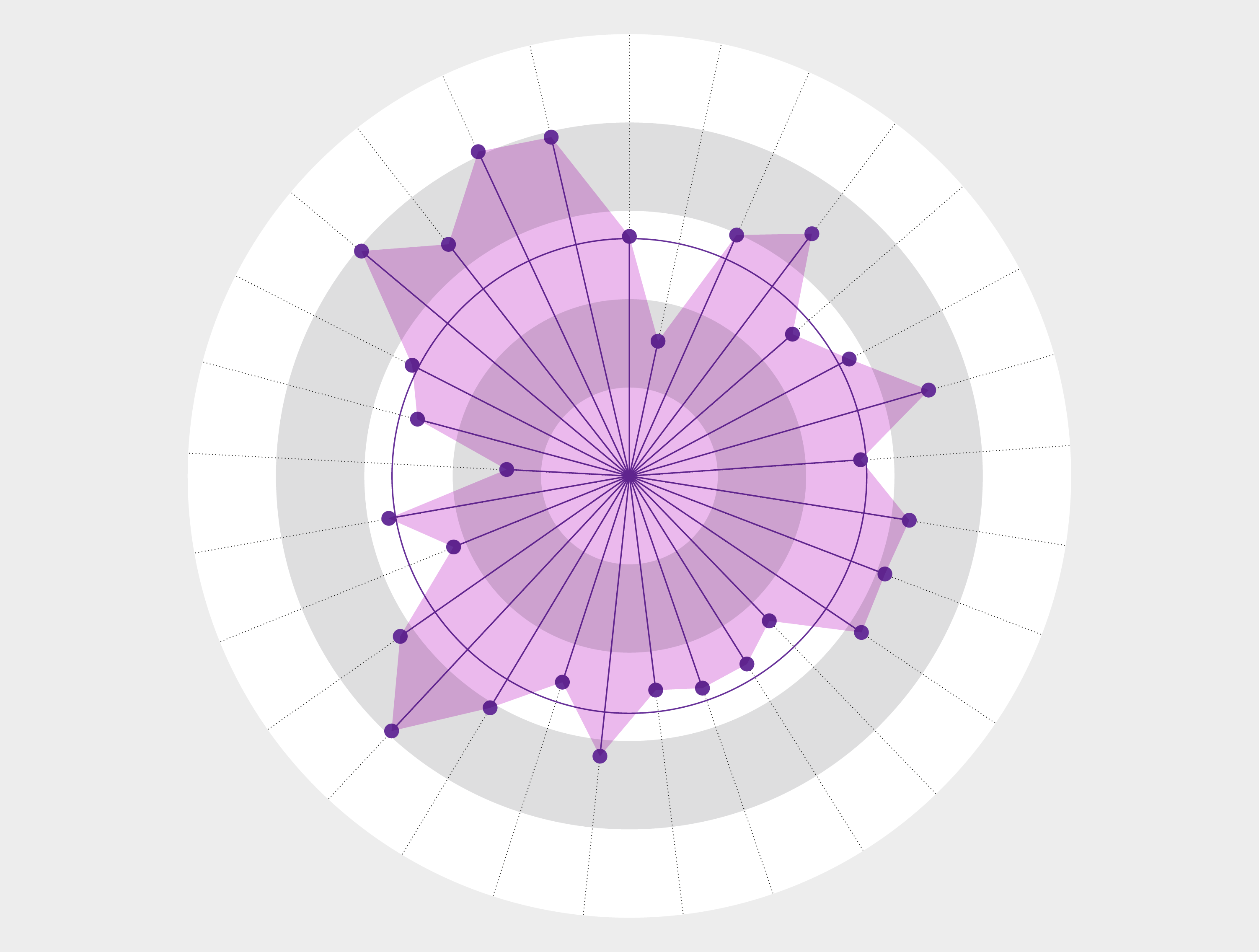
- Data Story
Digital skills are becoming increasingly essential for both personal and professional life. Currently, more than 90 % of jobs in Europe require basic digital knowledge alongside traditional skills like literacy and numeracy. However, approximately 32 % of Europeans still lack basic digital skills. Given the pervasive role of digital technology in sectors ranging from business to transport to...

- Data Story
Interested in data visualisation? We invite you to explore our Data Visualisation Guide and dive into seven subjects to gain a deeper understanding of various aspects related to visualising data. The guide was created by the Publications Office of the European Union in collaboration with data visualisation expert Maarten Lambrechts. Find out more about the guide’s content and how you can use it in...

- Data Story
At the heart of flood risk assessment and management in the European Union is Directive 2007/60/EC, which acknowledges the impact of human activities and climate change on the increasing severity of floods. This legislation strives to mitigate the adverse consequences of flooding through tailored solutions, regional cooperation and the development of comprehensive flood hazard maps. The European...
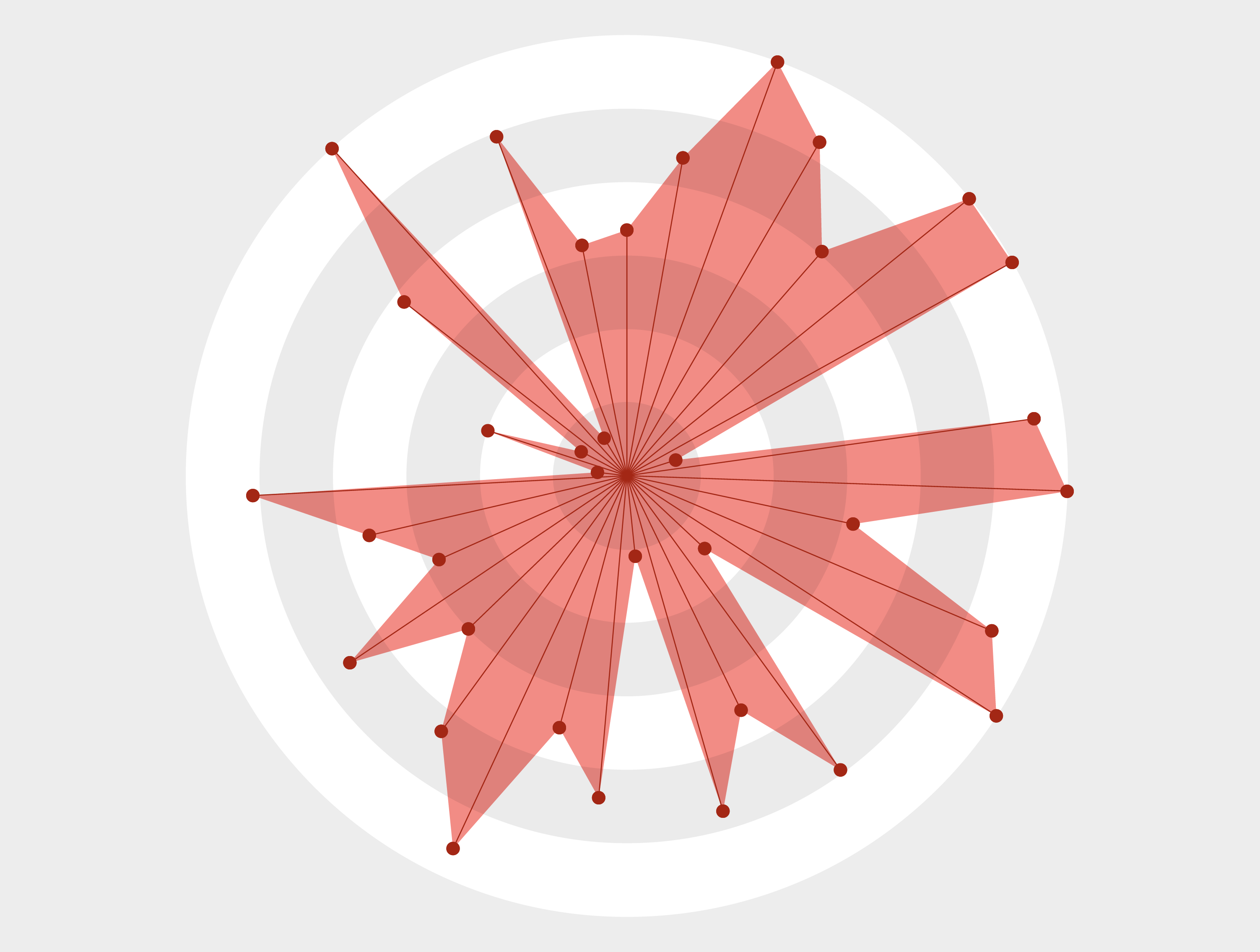
- Data Story
The report on open data maturity (ODM) provides an overview of the progress achieved by European countries as they push forward to unlock the value of open data . The concept of ODM in Europe is considered against four dimensions: quality, portal, policy and impact. This data story explores the impact dimension and is the fifth in a series on the 2022 ODM report. The first data story announced the...
Theme:
Portal
Target audience:
Data providers
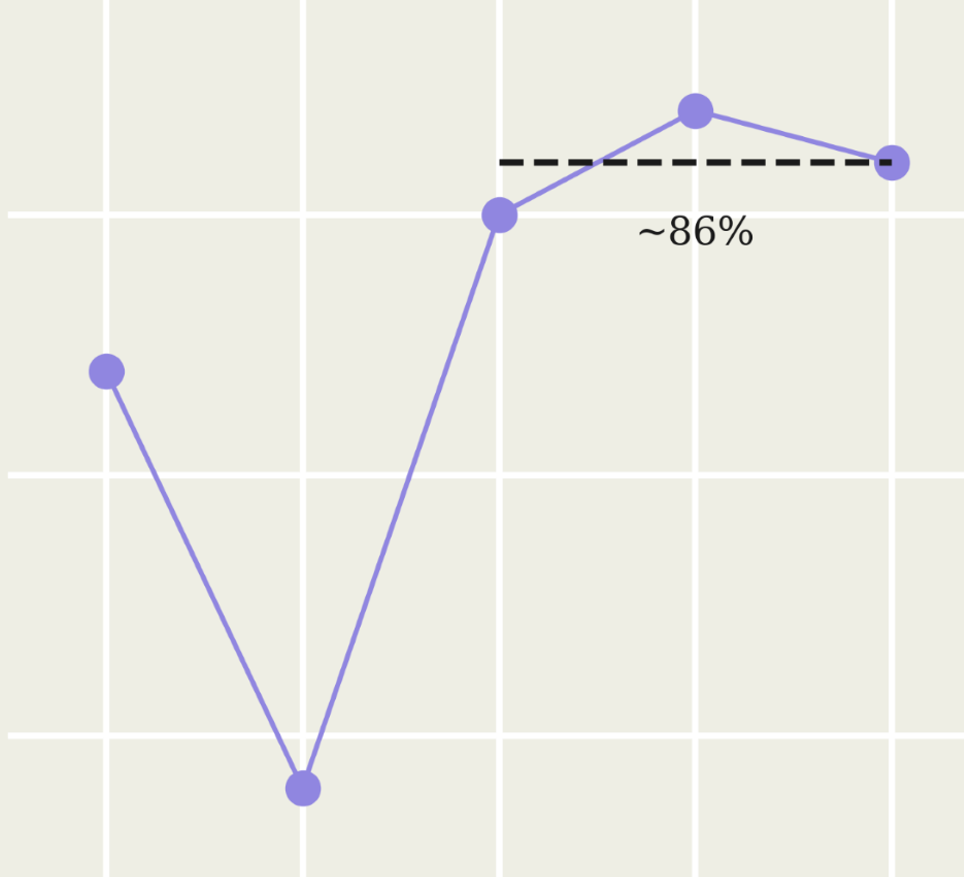
- Data Story
The Open Data Maturity (ODM) report provides an overview of the progress achieved by European countries as they push forward in creating the necessary conditions to make the most of open data. The concept of open data maturity in Europe is considered against four dimensions: quality, portal, policy, and impact. The European Union formulated its European data strategy to create a single market for...

- Data Story
The European Union’s cohesion policy helps regional and local communities improve the quality of life of its citizens. Creating jobs, having competitive businesses, fostering economic growth, and developing sustainably are all targets supported by the EU’s cohesion policy. But what can be done to help ensure there are no gaps between countries and between different areas and regions in the same...
